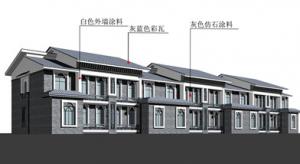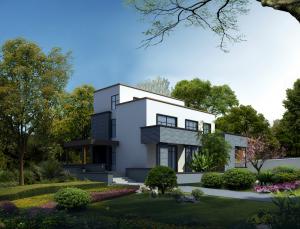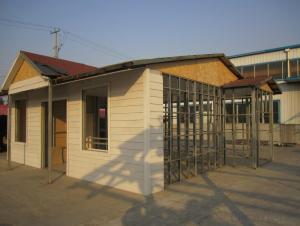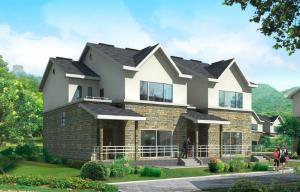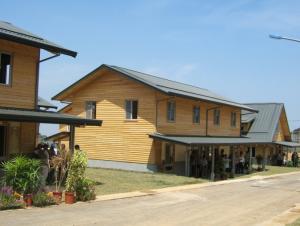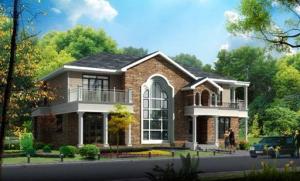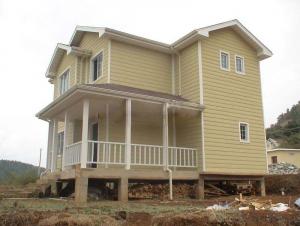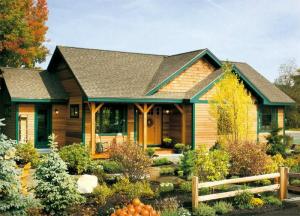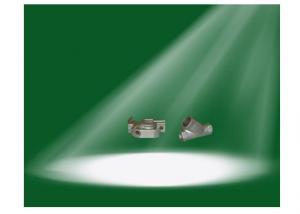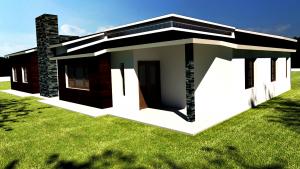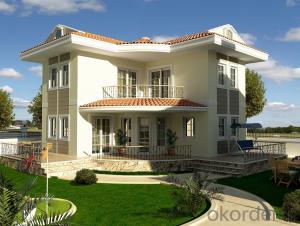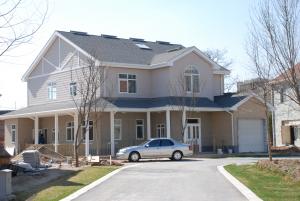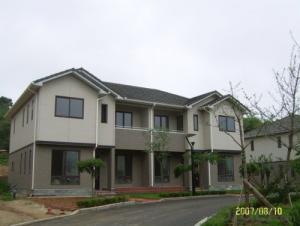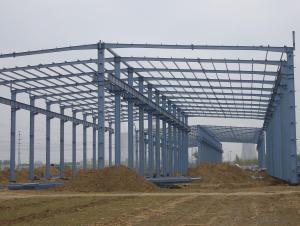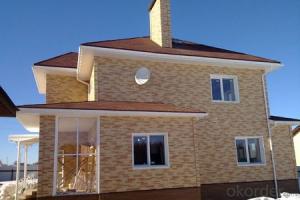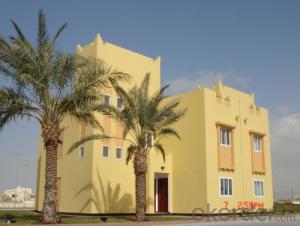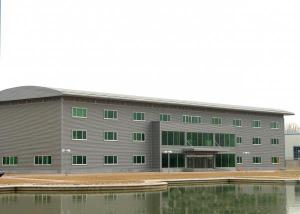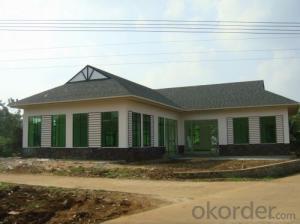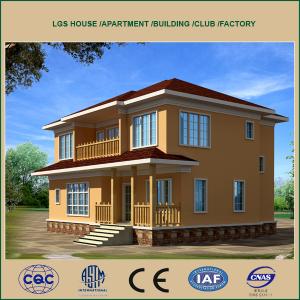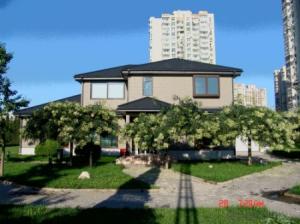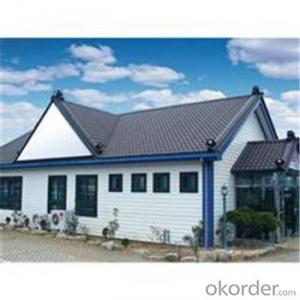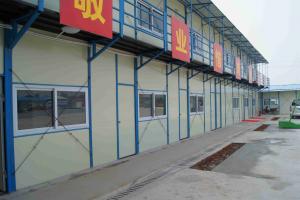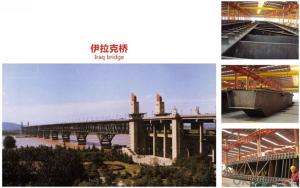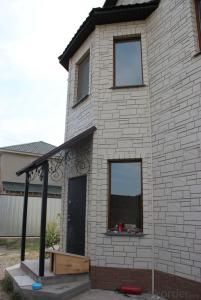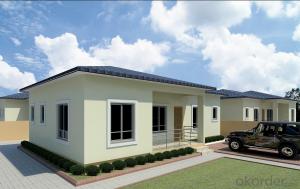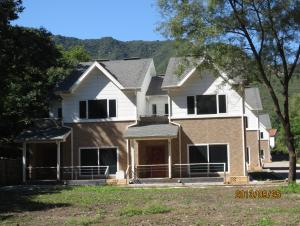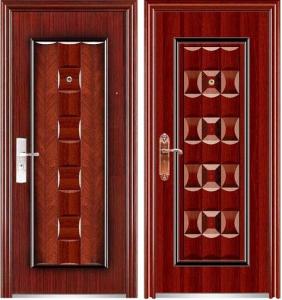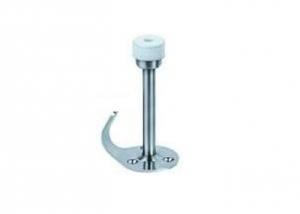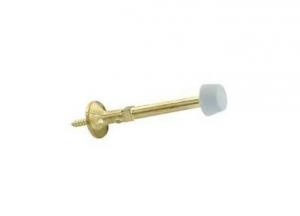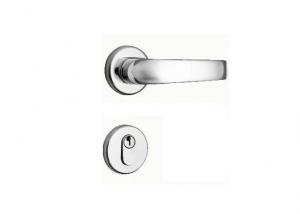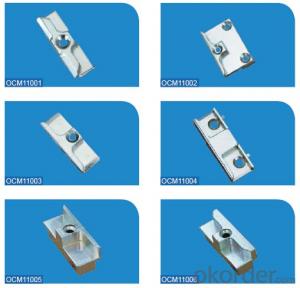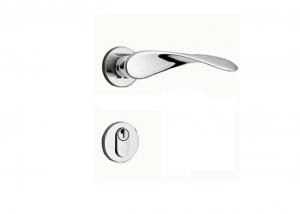Steel Villa
Steel Villa Related Searches
Light Steel Villa Steel Homes Stone Steel Steel Metal Homes Steel Modular Homes Steel Building Homes Cast Steel Steel U Bar Wonder Steel Buildings Steel Arch Buildings Stainless Steel Factory Stainless Steel Wine Chiller Steel Wool Mice Stainless Steel Food Mill Prefab Villa Stainless Steel Plant Virony Steel Doors Stainless Steel Pool Stainless Steel Ball Stainless Steel Swimming Pool Cast Of Steel Wire Rod Steel Steel Outdoor Bench Stainless Steel Island Stainless Steel Wall Rimming Steel Steel Locker Philippines Stainless Steel Storage Post Steel Buildings Stainless Steel DoorSteel Villa Supplier & Manufacturer from China
Steel Villa offers a diverse range of prefabricated steel structures, including residential, commercial, and agricultural buildings. These products are designed for durability, sustainability, and energy efficiency, making them an ideal choice for various construction projects. The application and usage scenarios for Steel Villa products are extensive, as they can be utilized in both urban and rural settings, catering to the needs of individuals, businesses, and communities. From eco-friendly homes to sustainable commercial spaces, Steel Villa's steel structures provide a versatile and robust solution for modern construction demands. Okorder.com, as a wholesale supplier of Steel Villa products, boasts a large inventory that ensures a wide selection of options for customers. This extensive stock enables Okorder.com to cater to various project requirements and preferences, making it a reliable source for those seeking high-quality steel structures.